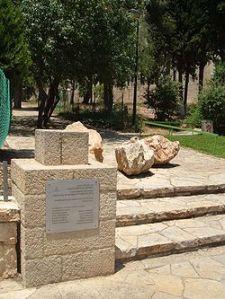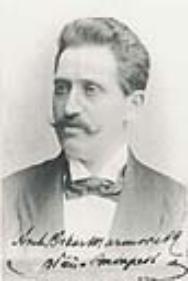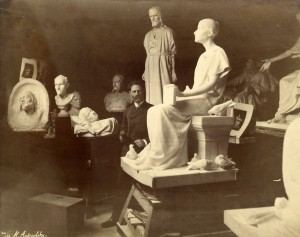Advocate for the rights of Jews worldwide
1. He was born Isaac Moise Cremieux in Nimes, France, in 1796, to a family that had adopted the revolutionary cause. He was educated at the Lycee Imperial, where he and his cousin were the only Jewish students. In 1817, he was admitted to the bar as a lawyer. His politics were liberal, and he was known for his skillful oratory and broad knowledge of the law.
 2. For a Jew to be admitted to the bar in European courts of law, an oath was required, the More Judaico. This was a humiliating exercise, related to the disavowal of oaths in Kol Nidre. Cremieux refused to take the oath and later, in 1827, defended two others who had refused it – leading to its abolition.
2. For a Jew to be admitted to the bar in European courts of law, an oath was required, the More Judaico. This was a humiliating exercise, related to the disavowal of oaths in Kol Nidre. Cremieux refused to take the oath and later, in 1827, defended two others who had refused it – leading to its abolition.
3. In 1834, he became Vice-President of the Central Consistory of the Jews of France, which administered Jewish affairs. He was to hold this position for 46 years, until his death.
4. In 1840, a blood libel gave rise to the Damascus Affair, in which confessions of the ritual murder of a monk were extracted by torture. Cremieux became part of a delegation to Constantinople that included Moses Montefiore. They succeeded in obtaining recognition of the innocence of the Jews imprisoned in Damascus; release of the nine (out of an original thirteen) still-living prisoners; and a declaration from the Sultan that the accusation of ritual murder was absurd.
 5. In 1842, he entered the Chamber of Deputies; but he took an active role in the 1848 revolution and was imprisoned for a time after it failed.
5. In 1842, he entered the Chamber of Deputies; but he took an active role in the 1848 revolution and was imprisoned for a time after it failed.
6. In 1860, in Paris, he undertook a new strategy for safeguarding the rights of Jews everywhere, as a founder of the Alliance Israelite Universelle. He became its president in 1864, a position he held until his death. The organization’s mission was to free Jews from oppression and discrimination and to defend them wherever they were subject to persecution.
7. This was a high calling, which began with education. The organization opened its first school in Morocco in 1862, to introduce French education and culture to Jews of the Middle East. This strategy – to improve the conditions of Jews in the Middle East through education – has continued down to the present day. Schools were opened throughout the Ottoman Middle East, and teachers were trained to staff them. The organization continues to operate dozens of schools and educational programs in Israel today.
8. An effort was made, as well, to educate the broader public through the press, through pieces on Jewish history and Jewish life. In addition, Cremieux and others worked through friendly governments to exert pressure on those whose laws discriminated against Jews.
9. Cremieux was active in the courts on behalf of Moroccan, Rumanian and Russian Jewry. In St. Petersburg in 1866, he successfully defended the Jews of Saratov against a blood libel. His work created stronger solidarity among Jews of different countries.
10. He re-entered public life in 1869 as a deputy of Paris. In 1870, he proposed and got adopted the Cremieux Decree, which secured full French citizenship for the Jews of Algeria. This was an important moment, but one which had later repercussions: the status of Muslim Arabs and Berbers remained “indigenous,” causing ill feeling.
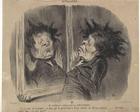
Daumier’s “M. Cremieux seeking an aparment,” 1848
11. Daumier did two lithographs of him, poking fun at his appearance.
12. He died in Paris in 1880 and is buried in Montparnasse Cemetery.
Streets are named for Cremieux in the German Colony in Jerusalem, in central Tel Aviv, and in the French Carmel district of Haifa.
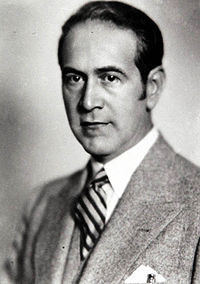 2. He was one of the chief organizers of the 1930 revolution in Brazil and held a number of high positions in the government. From 1933-37 he was ambassador to the United States. But why is he in this blog, and why should you know his name?
2. He was one of the chief organizers of the 1930 revolution in Brazil and held a number of high positions in the government. From 1933-37 he was ambassador to the United States. But why is he in this blog, and why should you know his name?
